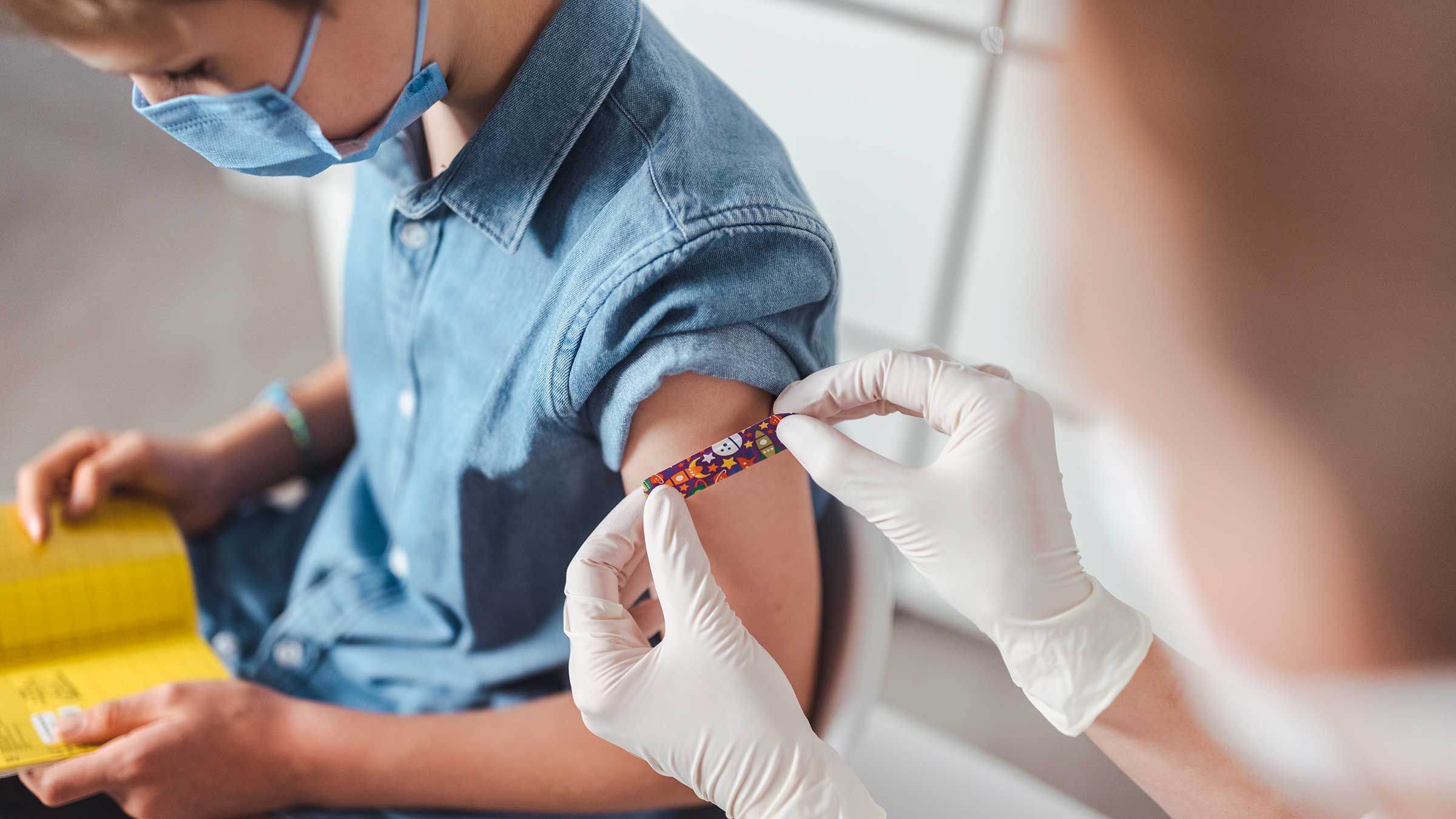Ways to schedule your COVID-19 vaccine or booster appointment
Anyone 6 months and older is encouraged to receive the annual COVID-19 vaccine. The current 2024-2025 COVID-19 vaccine became available in September 2024. It must be at least two months since you received your 2023-2024 COVID-19 vaccine.
Most patients will be eligible to receive one COVID-19 vaccine annually. There are special circumstances where the CDC recommends a patient receive an additional dose(s):
- Those aged 6 months to 4 years (check with your pediatrician)
- Anyone who is immunocompromised; please check with the provider managing your immunocompromising condition
If you need a vaccine series, you must receive the vaccines in the office of your pediatrician or managing provider.
Schedule Online with MyChart
Schedule nowCall to Schedule
Schedule over the phone Monday-Friday 8 a.m.-5 p.m.
614-688-8299
COVID-19 vaccinations for children
COVID-19 vaccines are recommended for children 6 months and older. The Ohio State University Wexner Medical Center, Nationwide Children's Hospital, Columbus Public Health and many local retail pharmacies in Ohio offer the pediatric vaccines. If you have questions, please contact your primary care provider.
- Learn more about pediatric vaccines from our infectious disease experts
- Get more information from Nationwide Children's Hospital about the COVID-19 vaccine and children
How to schedule vaccinations for children:
Pediatric patients (typically up to the ages of 18 or 21) or their parents can contact their physicians to schedule an appointment for a pediatric COVID-19 vaccine through one of the following methods:
- Through MyChart (Parents/guardians need to have a personal MyChart account and request proxy access to be able to schedule their child.)
- Calling Ohio State’s COVID-19 vaccine hotline at 614-688-VAXX or (614-688-8299)
Frequently asked questions about the COVID-19 vaccine
Do you need the vaccine if you’ve already had COVID-19?
- It’s still recommended that you get a COVID-19 vaccine even if you’ve previously been infected with COVID-19.
Is the COVID-19 vaccine safe?
- Yes. The vaccine is deemed to be safe based upon a rigorous evaluation of currently available scientific evidence. Vaccination is the best way to protect yourself, your family and other loved ones from COVID-19.
Can you get sick with COVID-19 from the vaccine?
- No, it’s not possible to get COVID-19 from any of its vaccines. The vaccines use only a part of the virus — the spike protein — which can’t cause COVID-19. Learn more from our experts.

